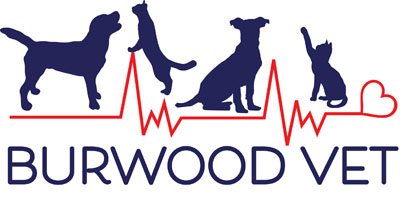Feline Chronic Gingivostomatitis
Adapted from work by Veterinary dental Specialist. Who was Phil Sacks’ veterinary dental teacher in South Africa.
- Feline chronic gingivostomatitis appears to to be an immune mediated diseae to chronic antigenic stimulation.
- Multicat are over represented with this multifactorial disease
- The Cat dentist treatments involves feline dental extractions of at least all premolar and molar teeth, with medical management.
- Future regenerative and immuno modulatory therapies, show promise for management of feline chronic gingivostomatitis.
Feline chronic gingivostomatitis (FCGS)
Is a severe, immune-mediated, oral inflammatory disease of cats.
The typical location of the ulcerative and/or proliferative inflammatory lesions is the sides of the palate and pharynx folds.
Cause of gum disease FCGS
The cause is unknown ! A multitude of conditions and infectious agents have been implicated without a direct proof of causation, eg: infectious pathogens such as feline calicivirus, feline herpesvirus (FHV-1), feline immunodeficiency virus (FIV), feline leukemia virus (FeLV), and various bacteria, as well as non infectious factors such as dental disease, environmental stress, and hypersensitivity .
FCGS and periodontitis
A study revealed that cats with FCGS have generalised, advanced periodontists but they are also significantly more likely to have external inflammatory root resorption. The cat dentits suggest that treatment of associated periodontists, is an integral in the treatment of FCG
Treatments of feline gum disease
Surgical dentistry at the Feline Dental clinic and medical therapy together .
Pain in Feline Stomatitis
Long-term pain management includes administration of, streoids, NSAI, opioids sometimes complemented with gabapentin.
Cat Dentist treatments:
All premolar and molar teeth or full-mouth extraction by a cat dentist provides the best long-term results with 80 % showing a great improvement and 20% less and 6.3% having no improvement !
Immune mediation – the cat dentist
Prednisolone is often used as a short-acting corticosteroid to control inflammation. at 1 mg/kg/d tapering over 3 weeks
Cat Gum Disease
The cat dentist say the cause of FCGS remains unclear.
It seems to be an inappropriate immune response to antigenic stimulation, potentially potentiated by viral infection. Furthermore, environmental stressors such as multicat environments seem to be an important contributing factor.
The cat vet dentist says first line of treatment involves dental extractions of at least the premolar and molar teeth as opposed to medical therapy alone.
Following surgical treatment, outcome can be divided into approximate thirds for cats achieving remission, substantial improvement, and little to no improvement.
Most cats that undergo surgical treatment need concurrent medical therapy for control of inflammation, some requiring life long medical management. New modalities such as MSC therapy show promise. In addition, the importance of analgesic therapy cannot be over emphasized.
